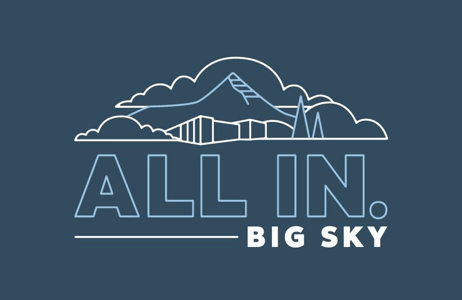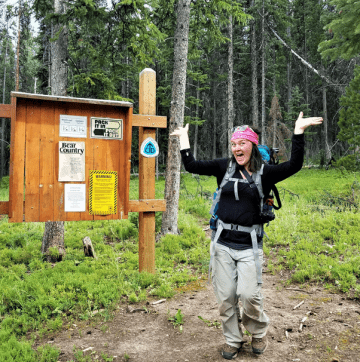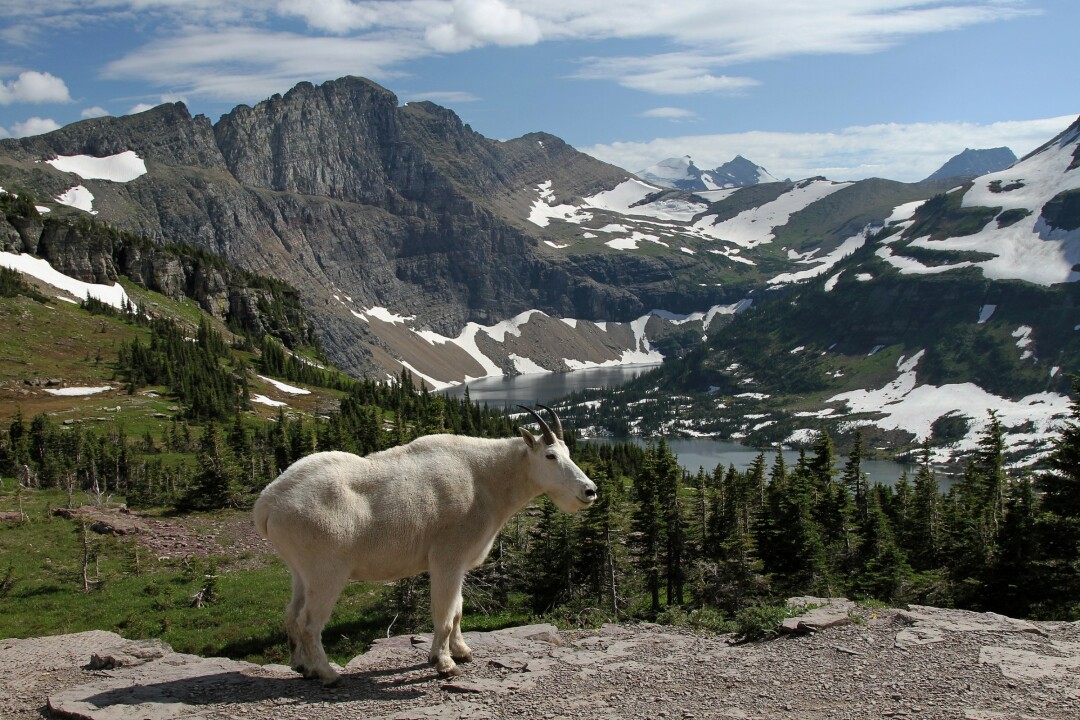Big Sky Community Organization announces groundbreaking event after raising $19 million

BIG SKY, Mont. (July 19, 2019) – Today the Big Sky Community Organization (BSCO) announced several major achievements in its “ALL IN. BIG SKY” campaign to create a multi-use community center and parkland—culminating in a groundbreaking for the project on Saturday, July 27, 2019, at 11 a.m. Groundbreaking festivities will take place at the future site in the Big Sky Town Center on the corner of Aspen Drive and Simkins Drive.
To date, BSCO has raised $19 million in less than nine months, including a recent, generous donation of $4 million from Jill and Nick Woodman—full-time Big Sky residents and the founders of GoPro who are raising their family here.
“We feel so lucky to call Big Sky home and contribute to the community-wide effort to make this center possible. Our mountain is awesome, but it’s the people of Big Sky that make this such a magical place. Having a gathering place will only make our community stronger and we’re beyond grateful to be a part of this amazing effort the Big Sky Community Organization has organized. We can’t wait for the doors to open!” says Nick Woodman.
BSCO has been encouraging everyone in Big Sky to get involved in the community space’s creation—whether through fundraising, showing up to support the cause, or simply spreading awareness. “Every gift counts,” states Ciara Wolfe, BSCO, Chief Executive Officer. “This campaign represents how Big Sky has evolved from a sometimes desolate and seasonal resort destination to a thriving community of thousands of committed, year-round residents and compassionate part-time residents, all of whom truly love this place and its people.” In addition to the Woodman’s gift, BSCO received four other charitable gifts of at least $1 million each and a $1.5 million grant of public funds from the Big Sky Resort Area Tax District, along with hundreds of other gifts of all sizes to get to this point.
In recognition of the Woodman’s gift, the building will be named BASE. The name represents opportunities for every individual in Big Sky to lead a healthy, happy, engaged lifestyle, building the base of the community, and also describes the experiences that people will have at the BASE: Big Adventures, Safe Environment.
For more information about the community groundbreaking ceremony, to make a donation, or to learn more about the new BASE center, visit https://www.bscomt.org/all-in-big-sky.
About The Big Sky Community Organization
For more than 20 years, the Big Sky Community Organization has been striving to serve Big Sky by creating exceptional facilities, trails, public spaces and experiences through community collaborations and recreational opportunities. Its mission—to engage and lead people to recreational and enrichment opportunities through thoughtful development of partnerships, programs and places—has come to fruition through multiple successful initiatives including: Ousel Falls Open Space Park & Trailhead, Big Sky Community Park, RT & Ralph’s Beehive Preserve, expansive community trail system, Camp Big Sky and more. All of these projects started as ideas, realized through community leadership, collaboration and philanthropy. To learn more about the Big Sky Community Organization, visit www.bscomt.org








News Comments
Thank you
Open Auditions for Annie
Monday, Sep. 16, 2024
I’m at the Bozeman airport where your painting, “Blowing East” is displayed. It’s absolutely gorgeous! Bravo, Marci!!
The Artists’ Gallery in Bozeman’s Emerson Cultural Center May Exhibits
Sunday, Jun. 30, 2024
This is so typical of a sign in, which we should not have to do to check if we or some one in our party got a permit. I have been working or "creating an account" for 30 minutes and just get the same ...
Smith River permit drawing results available
Sunday, Mar. 10, 2024
I have struggled with this podcast and my own participation therein, the event itself obviously traumatic, but beyond that my inability to reach anyone and convey anything resembling truth. The person ...
Billings, MT Case Becomes True Crime Podcast | 'An Absurd Result'
Marktokarski
Saturday, Jan. 20, 2024